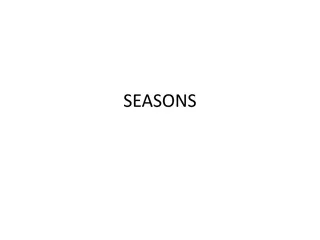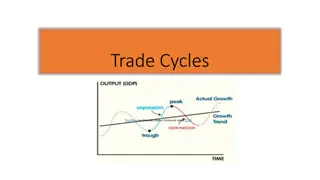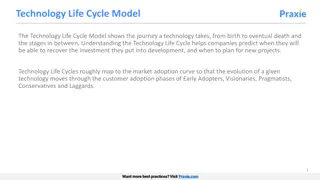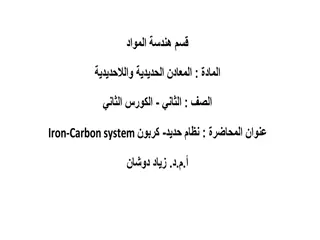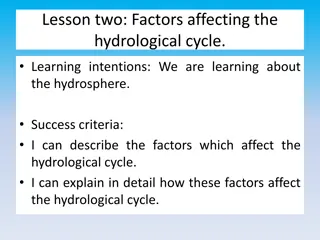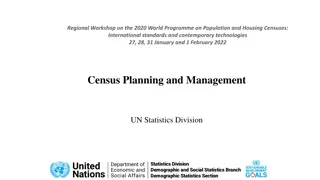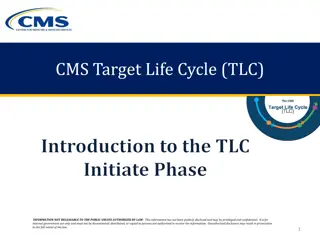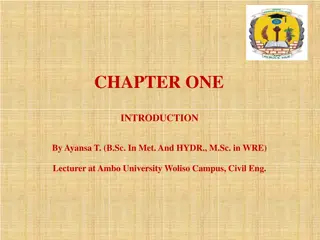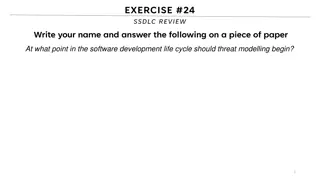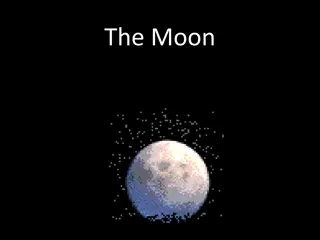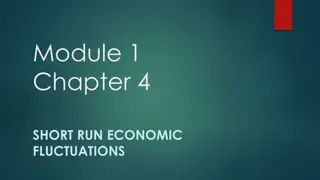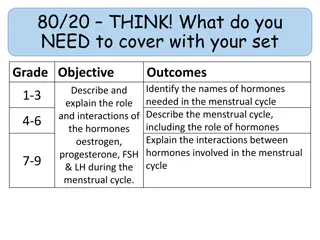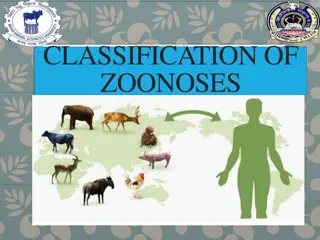Understanding the Business Cycle and Its Phases
The business cycle, also known as the trade cycle, depicts the cyclical nature of economic activity with alternating periods of prosperity, recession, depression, and recovery. It involves fluctuations in production, prices, income, employment, exports, and imports. The cycle affects all industries and has distinct phases characterized by varying levels of output, demand, employment, and investor sentiment. Understanding these phases is crucial for navigating the economic landscape effectively.
Download Presentation

Please find below an Image/Link to download the presentation.
The content on the website is provided AS IS for your information and personal use only. It may not be sold, licensed, or shared on other websites without obtaining consent from the author. Download presentation by click this link. If you encounter any issues during the download, it is possible that the publisher has removed the file from their server.
E N D
Presentation Transcript
Meaning The Business cycle is upward and downward of economic activity, going one after another in a cyclical way. It is associated with sweeping fluctuations in economic activities such as production, prices, income, employment, exports, imports, etc.
Definition A Business Cycle is composed of a period of good trade characterized by rising prices and low unemployment percentage, alternating with a period of bad trade characterized by falling prices and high unemployment percentage . - Keynes
Features/Characteristics It occurs periodically The prosperity and depression will be occurring alternatively. It is all embracing Affects all industries in the entire economy. It is wave-like it will have a set pattern of movements which is analogous to waves. The process is cumulative and self-reinforcing the upward and downward movements are cumulative in their process. The cycles will be similar but not identical different cycles and waves in the business cycles will be similar but not identical.
1. Prosperity Phase High level of output and trade. High level of effective demand. High level of income and employment. Rising interest rates. Inflation. Large expansion of bank credit. Overall business optimism. A high level of MEC (Marginal efficiency of capital) and investment.
2. Recession Phase During a recession period, the economic activities slow down. There is a steady decline in the output, income, employment, prices and profits. The businessmen lose confidence and become pessimistic. It reduces investment.
3. Depression Phase Fall in volume of output and trade. Fall in income and rise in unemployment. Decline in consumption and demand. Fall in interest rate. Deflation. Contraction of bank credit. Overall business pessimism. Fall in MEC (Marginal efficiency of capital) and investment.
4. Recovery Phase During the period of revival or recovery, there are expansions and rise in economic activities. When demand starts rising, production increases and this causes an increase in investment. There is a steady rise in output, income, employment, prices and profits. The businessmen gain confidence and become optimistic (Positive). This increases investments.
Theories of Business Cycle 1. Sun-Spot Theory Sun-spot theory was developed in 1875 by Stanley Jevons. Sun-spots are storms on the surface of the sun caused by violent nuclear explosions there. Since economies in the olden world were heavily dependent on agriculture, changes in climatic conditions due to sun-spots produced fluctuations in agricultural output. Changes in agricultural output through its demand and input-output relations affect industry. Thus, swings in agricultural output spread throughout the economy.
2. Hawtreys Monetary Theory of Business Cycles economy is said be under gold standard when either money in circulation consists of gold coins or when paper notes are fully backed by gold reserves in the banking system. According to Hawtrey, increases in the quantity of money raises the availability of bank credit for investment. Thus, by increasing the supply of credit expansion in money supply causes rate of interest to fall. The lower rate of interest induces businessmen to borrow more for investment in capital goods and also for investment in keeping more inventories of goods.
3. Over-Investment Theory: It has been observed that over time investment varies more than that of total output of final goods and services and consumption. This has led economists to investigate the causes of variation in investment and how it is responsible for business cycles. Two versions of over-investment theory have been put forward. One theory offered by Hayek emphasises monetary forces in causing fluctuations in investment. The second version of over- investment theory has been developed by Knut Wickshell which emphasises spurts of investment brought about by innovation.
4. Schumpeters Theory of Innovation The Schumpeter s theory of innovation advocates that business innovations are responsible for rapid changes in investment and business fluctuations. According to Schumpeter, innovation refers to an application of a new technique of production or new machinery or a new concept to reduce cost and increase profit. In addition, he propounded that innovations are responsible for the occurrence of business cycles.
5. Keynes Theory In his theory of business cycles, Keynes advocated that the total demand helps in the determination of various economic factors, such as income, employment, and output. The total demand refers to the demand of consumer and capital goods. Therefore, changes in income and output level are produced by changes in total demand. The total demand is further affected by changes in the demand of investment, which depends on the rate of interest and expected rate of profit.


